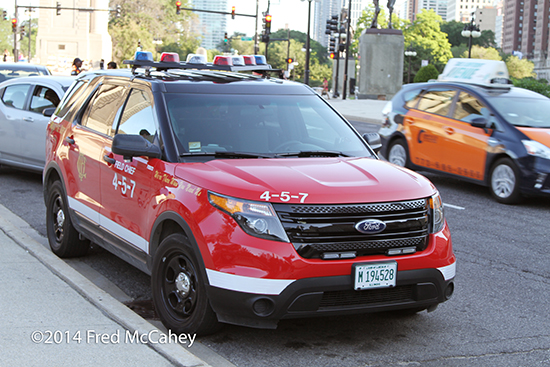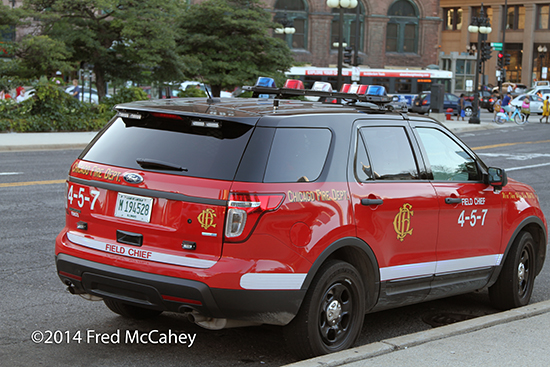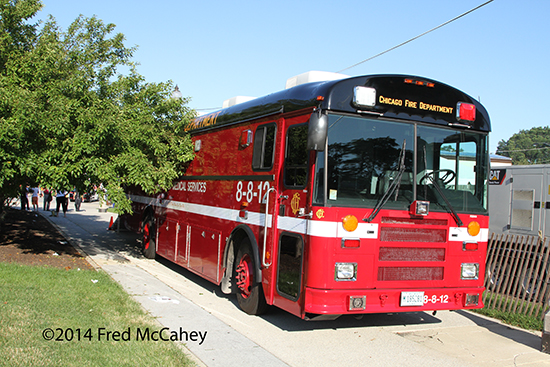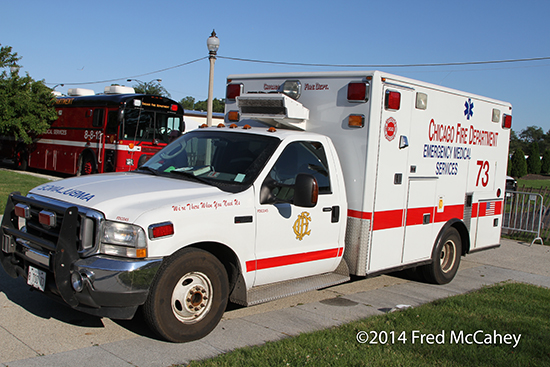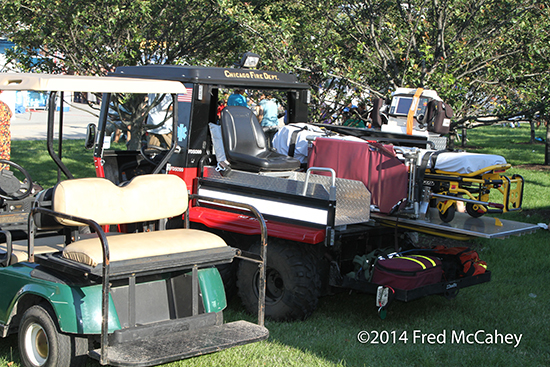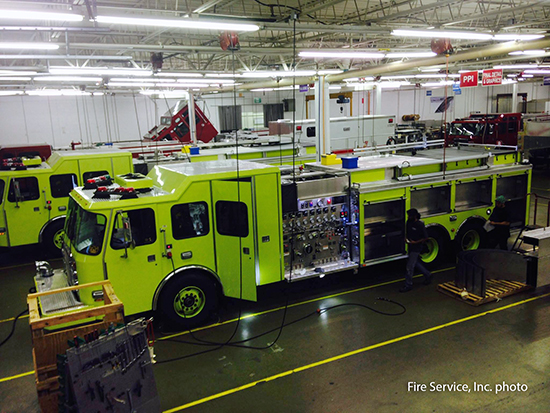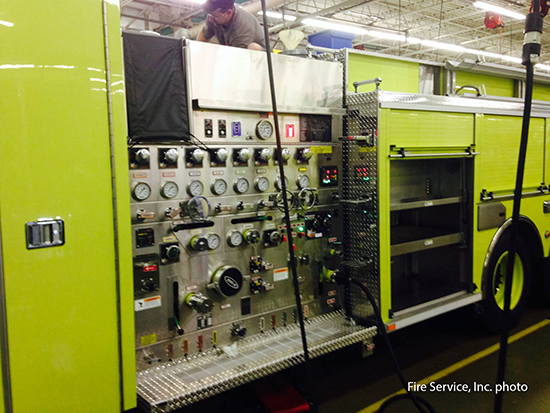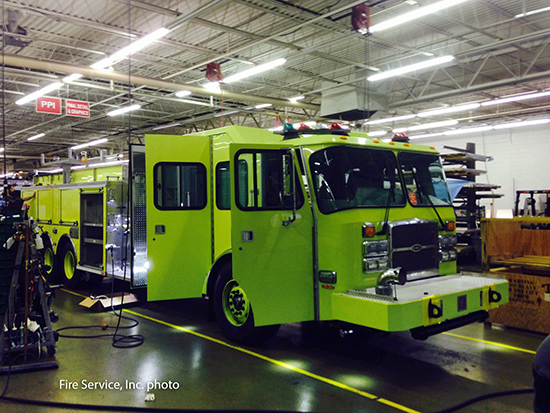The Chicago Tribune has an article about a local ambulance company experimenting with Google Glass:
While Google Glass’ potential as a consumer device remains to be seen, Lauren Rubinson-Morris is excited about its possibilities in her workplace. Rubinson-Morris is president and chief executive officer of MedEx Ambulance Service, a Skokie-based company that provides transportation to hospitals and other health care sites throughout the Chicago area. The company has acquired two pairs of Google Glass installed with software and connected to the Internet, allowing paramedics to transmit live video and audio from an ambulance to a doctor in an emergency room who will be able to watch the video stream on a tablet or desktop computer.
The additional eyes on a patient can provide paramedics with advice, diagnosis and treatment options. MedEx plans to launch a test with Advocate Illinois Masonic Medical Center in Chicago this month, Rubinson-Morris said.
MedEx is one of several health care providers around the country experimenting with Glass to see whether it can improve collaboration and patient outcomes while reducing costs. At Rhode Island Hospital, for instance, ER doctors are using Glass to consult with off-site dermatologists for patients with burns or rashes.
Virtual medical exams where doctors in distant locations evaluate patients online are proliferating. But video consultations have traditionally connected patients in rural areas to specialists at urban medical centers. Google Glass offers the potential to expand video interactions into all corners of the health care industry because it is mobile.
At $1,500 a pair, Glass is less expensive than some videoconferencing equipment used by hospitals that can cost $10,000 to $40,000. “It’s a really low-cost way of entering the telemedicine world,” [Dr. Paul Porter, assistant professor of emergency medicine at Brown University ]said. “I think this is promising technology because it allows physicians to engage with a patient at eye level. There’s nothing more discouraging than seeing a physician looking at his computer typing while trying to talk to you.”
Porter said that although the video-streaming software on Glass has worked with few glitches, he hasn’t tested it in a fast-moving ambulance with sirens blaring. That’s the big challenge for MedEx. In an emergency, paramedics and physicians can’t afford blurry images or dropped wireless signals.
“We have to make sure the technology works,” said Dr. Eddie Markul, medical director for emergency medical services for the Chicago North EMS Region at Advocate Illinois Masonic. “We don’t want to have critical patients relying on technology that fails.” Before Illinois Masonic can take part in the MedEx test, Glass has to be cleared for use by the hospital’s legal department. Any software that sends patient information to a doctor, hospital or other health care provider must comply with federal regulations that protect the privacy of personal health data.
If a patient’s condition suddenly changes in an ambulance, Glass allows a physician to provide more supervision and help at an earlier stage.
The company has a fleet of more than 50 ambulances that serve a number of hospitals, including Lurie Children’s and the University of Chicago. Only two ambulances that transport critical-care patients will have Pristine EyeSight.
thanks Dan
